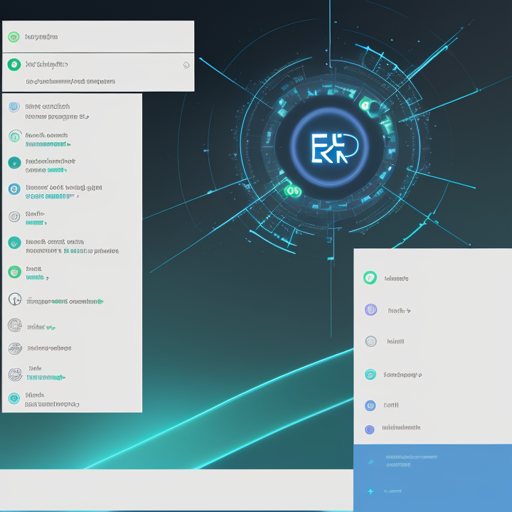Welcome to the world of Natural Language Processing (NLP) where understanding text in multiple languages is made seamless with powerful tools like spaCy. This guide will take you through the steps of utilizing the spaCy model xx_ent_wiki_sm for token classification tasks, specifically Named Entity Recognition (NER).
What is Named Entity Recognition (NER)?
Named Entity Recognition is a subtask of information extraction that identifies and classifies key information (entities) in text into predefined categories such as locations, organizations, and people. With spaCy, you can extract vital information from multilingual texts, enriching your data analysis and enhancing your applications.
Getting Started with xx_ent_wiki_sm
The model xx_ent_wiki_sm is designed for multilingual NER tasks and optimized for CPU usage. It utilizes a neural network architecture for higher accuracy in identifying entities.
Installation
First, ensure you have spaCy version 3.7.0 or 3.8.0 installed. You can do this via pip:
pip install spacy==3.7.0Loading the Model
Next, load the model into your Python environment:
import spacy
# Load the multilingual NER model
nlp = spacy.load("xx_ent_wiki_sm")Using the Model
To utilize the model for recognizing entities, simply pass your text through the model:
text = "Barack Obama was the 44th President of the United States."
doc = nlp(text)
# Print recognized entities
for ent in doc.ents:
print(ent.text, ent.label_)The expected output will classify “Barack Obama” as a person and “United States” as a location.
Performance Metrics
This model provides impressive metrics, helping you to understand its effectiveness:
- NER Precision: 0.8353
- NER Recall: 0.8265
- NER F Score: 0.8308
An Analogy to Understand the Model
Think of the NER model as a multilingual translator in a library filled with books (texts). While reading, the translator not only understands the language but also highlights significant passages such as the names of authors (PERSON), the titles of books (ORG), and even locations (LOC). Just as a translator can correctly identify and categorize each passaged information, the NER model efficiently scans, identifies, and labels entities in text, enabling a clearer understanding of the content.
Troubleshooting Tips
If you encounter any issues while using the spaCy model, consider the following:
- Ensure that you have the required spaCy version installed.
- Check if there are any typos in the model name while loading it.
- Make sure your text input is supported by the model and doesn’t contain excessive noise.
- If performance is suboptimal, retrain the model using domain-specific or enhanced datasets.
For more insights, updates, or to collaborate on AI development projects, stay connected with fxis.ai.
Conclusion
Using spaCy’s xx_ent_wiki_sm model for multilingual NER can transform how you analyze and derive insights from text. With easy installation, efficient processing, and robust performance metrics, you can harness the power of NLP to enhance your projects significantly.
At fxis.ai, we believe that such advancements are crucial for the future of AI, as they enable more comprehensive and effective solutions. Our team is continually exploring new methodologies to push the envelope in artificial intelligence, ensuring that our clients benefit from the latest technological innovations.

